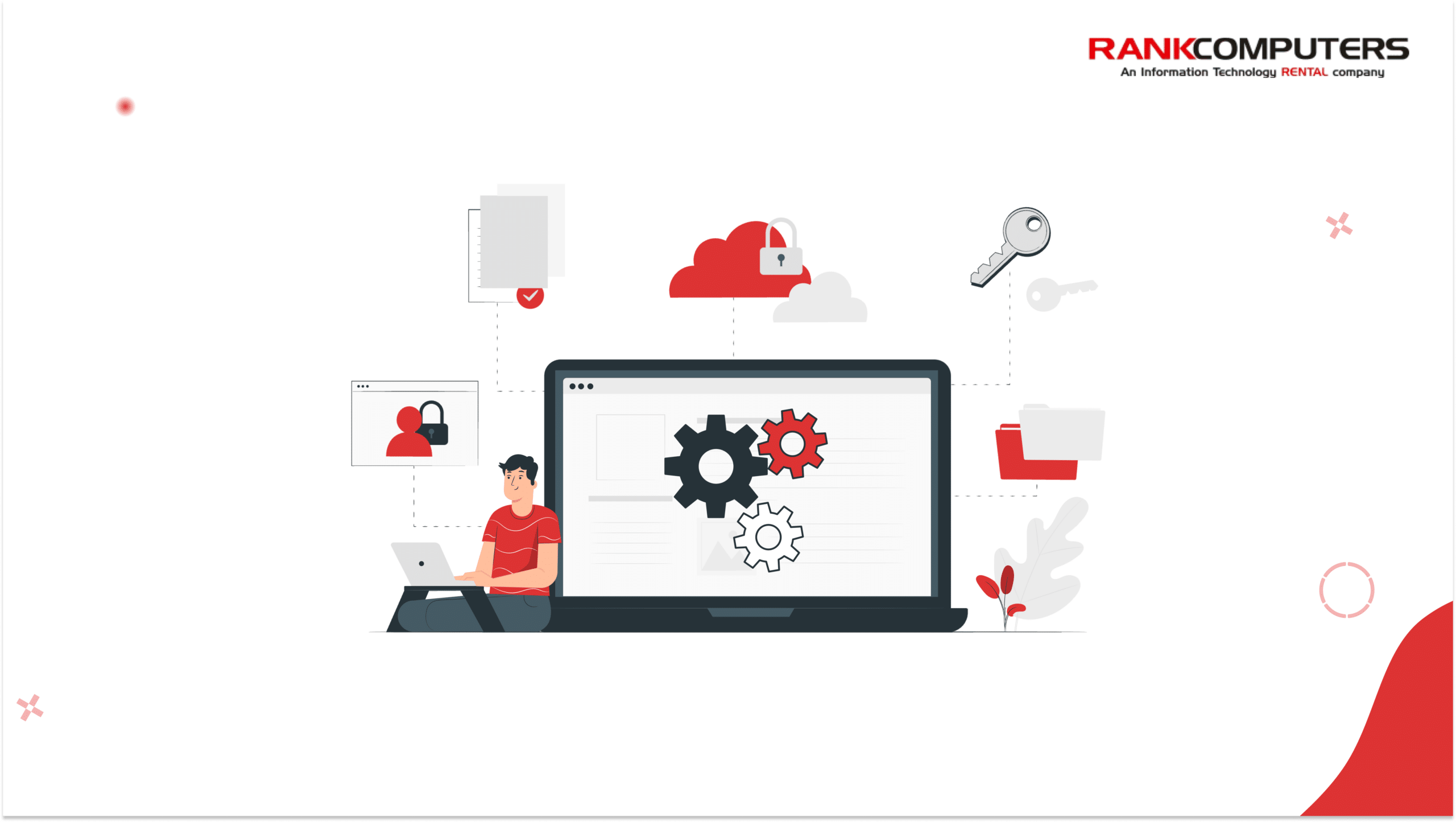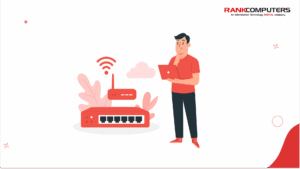Your workspace serves as a catalyst for innovation and productivity. It’s where you bring your best ideas to life and tackle challenges head-on.
So, ask yourself: does your current environment help you reach your potential, or is it limiting your success?
A standard office layout simply won’t meet the demands of today’s professionals. Your workspace needs to be tailored to your role. Whether you’re designing, coding, or managing projects, your tools and surroundings must work together to enhance productivity.
So, how can you optimise your workspace?
Design with Purpose
A workspace should be built with purpose.
- How do you work?
- What makes you feel comfortable?
- What tasks do you perform most frequently?
- What time of day do you feel most productive?
- Are there specific colours or designs that motivate you?
These questions are far more important than just filling the space with standard office furniture. Understanding your preferences can guide you in creating a workspace that fuels your productivity.
Furniture That Works for You
Your workspace setup should do more than just look good, it should support the way you work. A standard desk and chair won’t cut it if you spend hours designing, coding, or managing projects. The right furniture adapts to your needs, not the other way around.
For Heavy Computer Users (Developers, Designers, Writers)
- Ergonomic Chair: Opt for one with adjustable lumbar support and armrests.
- Desk Setup: A height-adjustable desk is ideal, ensuring ample surface area for multiple monitors.
- Monitor Positioning: Keep monitors at eye level to reduce strain.
For Hands-On Professionals (Artists, Engineers, Architects)
- Deep Work Table: Choose a wide, sturdy table for sketches or model-building.
- Adjustable Task Chair: Mobility is key, look for smooth-rolling wheels.
- Accessible Storage: Pegboards and drawer organisers keep tools within reach.
For Hybrid & Remote Workers
- Modular Furniture: Consider foldable desks and wall-mounted workstations for small spaces.
- Portable Accessories: Use a docking station and foldable laptop stand for easy transitions.
- Noise Control: Implement rugs or curtains to reduce distractions.
A well-thought-out setup keeps your work efficient and comfortable. The goal isn’t just to fill a space, it’s to make it work for you.
Smart Lighting, Better Work
Picture this: It’s late evening, and you’re working under a single overhead light, casting harsh shadows across your desk. Your eyes feel strained, and concentration wavers. Now, imagine a workspace bathed in soft, even lighting – your screen is easy to read, the desk is well-lit, and the glow around you feels just right. That’s the difference the right lighting makes.
Use Natural Light to Your Advantage
If your workspace has a window, don’t let it go to waste. Position your desk perpendicular to it – this reduces glare on your screen while keeping the light balanced. Too much sunlight? A sheer curtain softens harsh rays while keeping the space bright.
Layer Your Lighting for Comfort
Think of your workspace like a stage. Just as theatres use multiple lights to create the perfect scene, your desk needs layers of lighting.
- Ambient Light: Your base layer. Overhead lights or wall sconces provide a soft glow that reduces contrast and keeps the entire space comfortable.
- Task Light: Your spotlight. A directional desk lamp brightens up documents, keyboards, or sketchpads without causing screen glare. Adjustable brightness is key so dial it up when reviewing fine details, dim it down when unwinding.
- Accent Light: The mood setter. A warm-toned LED strip behind your monitor or a small lamp in the corner makes late-night work sessions easier on the eyes.
Choose the Right Colour Temperature
Light influences how awake or relaxed you feel.
- Cool White (5000K–6500K): Ideal for deep focus in the morning.
- Neutral White (3500K–4500K): Balanced light for most tasks.
- Warm White (2700K–3000K): Eases strain in the evenings.
K (Kelvin) measures light temperature- warm (2700K) is relaxing, cool (5000K) boosts focus.
Quick Lighting Fixes
- Swap out a harsh white bulb for a softer, natural tone.
- Add an LED strip behind your monitor to reduce eye strain.
- Use a desk lamp with adjustable brightness to match your needs. </aside>
Sound and Acoustics
A productive workspace is not just about what you see but also what you hear. Sound control can significantly impact your focus and efficiency.
Soundproofing Solutions
Consider adding rugs, curtains, or acoustic panels to absorb sound and reduce distractions. These elements can create a quieter atmosphere, allowing you to concentrate better.
White Noise Machines
Using a white noise machine can mask distracting noises, especially in shared or busy environments. This simple addition helps create a more serene workspace.
Clean Space, Clear Mind
A cluttered desk leads to a cluttered mind. An organised workspace boosts focus and fosters creativity. Here are some essential tips for maintaining a tidy environment:
- Tidy Cables: Implement cable management solutions to avoid tangles. This not only improves aesthetics but also keeps frustration at bay.
- Declutter Digitally: Clear your desktop by removing outdated files and utilising cloud storage for easy access. A well-structured digital space saves valuable time.
- Minimise Distractions: Set clear boundaries and design your workspace to promote concentration. Make it a haven for productivity.
Benefits of Renting Tech for Your Workspace
Your workspace should work for you, not the other way around. But setting it up with the right technology isn’t always feasible. Buying high-end equipment requires a big commitment, and outdated devices can slow you down.
Renting offers a practical solution.
Whether you need a MacBook for a short-term project or a workstation to improve efficiency, renting lets you access top-tier tech without the upfront cost.
- Use the best tools without overspending – Get high-performance devices when you need them.
- Stay flexible – Upgrade or switch equipment based on your workload.
- Skip maintenance and depreciation – Focus on your work, not on repairs or outdated hardware.
Renting gives you the freedom to adapt, experiment, and work at your best all without unnecessary expenses.





